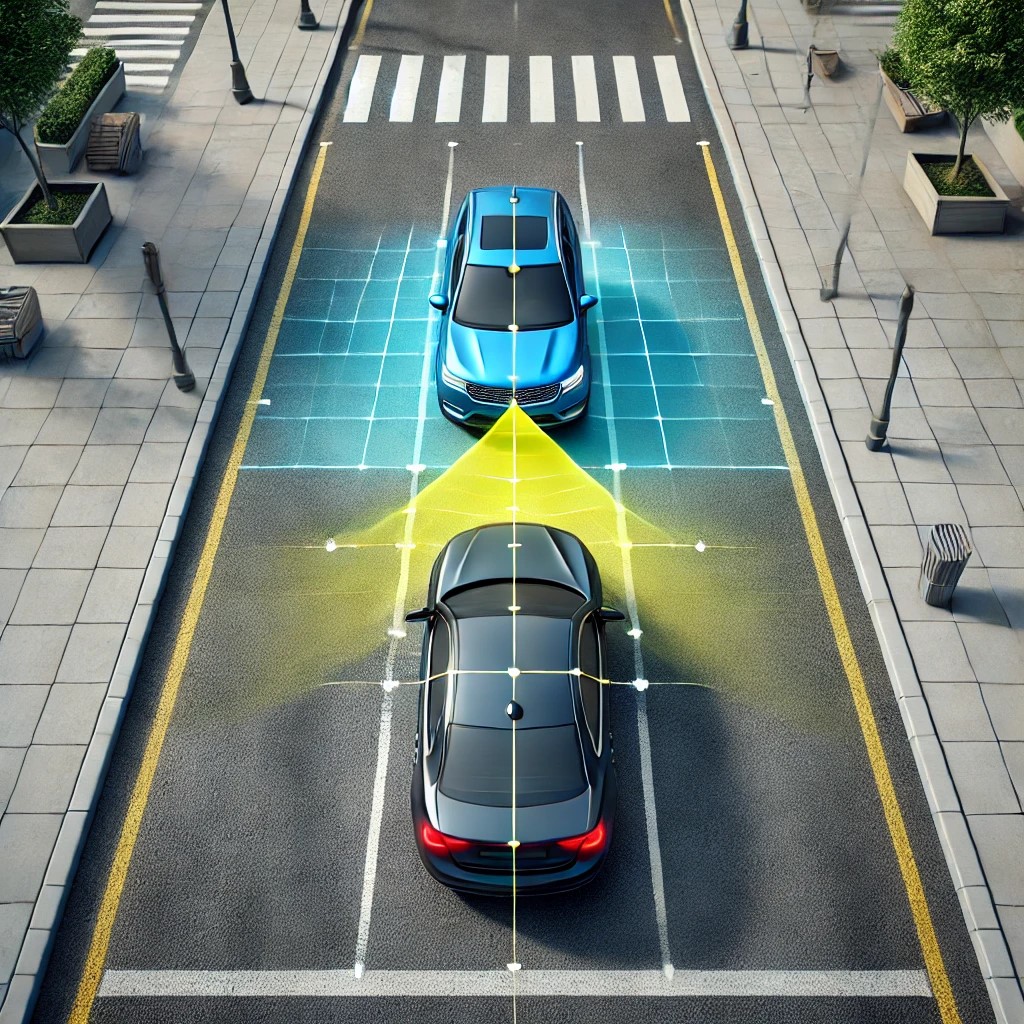This helpful Q&A answers questions about Lane Departure Warning.
Vehicles today are equipped with hundreds of sensors from bumper to bumper. The sensors are your eyes all around your vehicle – giving you an added layer of protection and safety while out on the road.
Q: What is a lane departure warning?
A: Lane Departure Warning is a very common safety sensor that comes equipped on most vehicles today. The feature alerts drivers when the vehicle is crossing into a different lane or nearing the edge of the lane, by providing visual, audible, and/or tactile warnings—such as through the steering wheel, seat vibrations, or sounds.
Q: How does the lane departure sensor work?
A: The lane departure system uses a camera located near the rearview mirror to recognize lane markers. To function properly, there need to be visible paint stripes on both sides of the vehicle. If the system detects that your car is too close to the left or right side lane markings, and your turn signal is not on, a warning light, a vibration, and/or sound will be activated.
Q: Can I choose which type of alerts my car receives?
A: Yes – most newer vehicle sensor features are fully customizable and the alerts can be set to your preference.
Q: Does the lane departure system recognize curbs or the edge of the road?
A: It depends. If the edge of the road has visible paint stripes, then yes it will recognize it. It will not recognize curbs without paint markers.
Q: Do lane departure warnings activate every time you cross into a new lane?
A: No. If your turn signal is activated, lane departure warnings will not be activated.
Q: Can I turn off lane departure warnings?
A: Yes – just like any sensor or alert on your vehicle, you can choose to turn it on or off.
Conclusion
ADAS calibration is a complex process. It’s important and necessary to keep a vehicle’s advanced safety systems protecting drivers out on the road.
ADAS calibration is vehicle-specific, and each make and model requires different calibration preparations and instructions. Many vehicles require both a pre-scan before repairs and a post-repair diagnostic scan. Sensors on your vehicle need recalibration any time a sensor or sensor bracket is replaced, there is damage to the sensor, or a part on your vehicle with a sensor needs replaced. Long story short: Any time a sensor is disrupted, it needs to be recalibrated to restore itself to its normal function. If calibration is not done correctly, certain features on your car won’t work.
Truman’s Automotive & ADAS Calibrations is your go-to shop for all things calibration. When you bring your vehicle to Truman’s, we always perform ADAS calibration before it leaves our shop.

